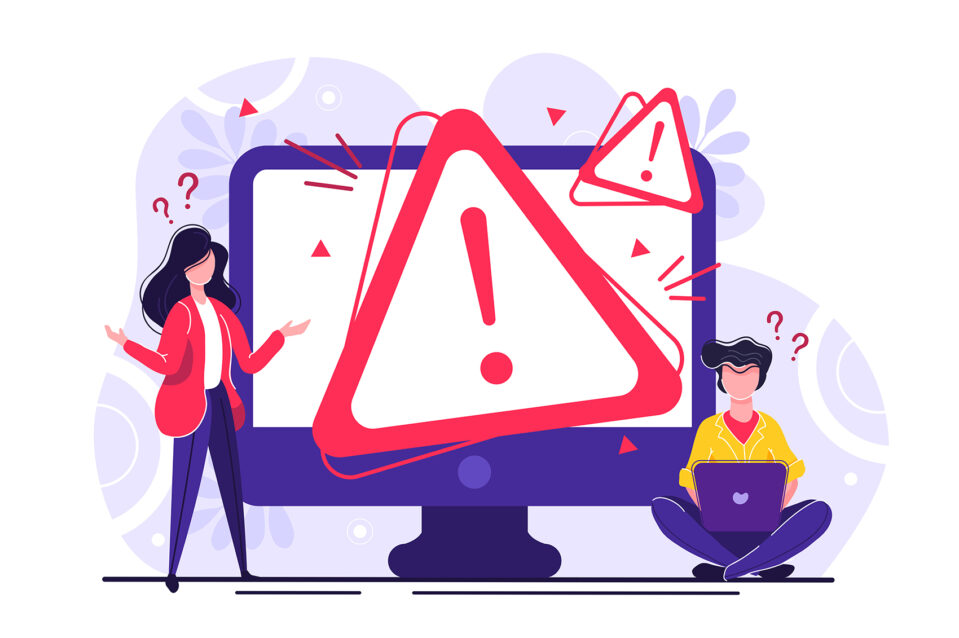The Ultimate Guide to Cold Emailing: How to Make an Impact and Get Responses
One of the best methods for establishing contacts, seizing chances, and advancing your profession or company is cold emailing. It’s also among the most difficult modes of communication, too. Why? as you don’t yet know your audience and you can’t rely on nonverbal clues to modify your message as you go. Hence, a lot of cold emails are ineffective.
However, the reality is that cold emailing may be very successful if done correctly. With just a few cold emails, people have changed their careers and entrepreneurs have created profitable start-ups. This course will teach you how to write effective cold emails without the use of templates or filler.
What Makes an Effective Cold Email?
A successful cold email does five key things:
1. Personalise the Message
Encouraging the receiver to understand that this email is intended only for them is the main goal. This goes beyond just stating a general fact about them. Getting to know someone on a personal level entails learning about their interests, background, and potential reasons for interest in your message.
Consider this: how would you reply to an email that begins with the phrase “I saw your profile on LinkedIn”? Most likely not. Rather, spend some time learning more. What hobbies do you both have in common? Which of their recent projects drew your interest? Emphasise a particular, significant item.
Quick Tip: Explain in your email why you are reaching out to them rather than someone else. People tend to respond significantly more readily when they believe they are uniquely qualified to help.
2. Builds Credibility and Trust
The first question someone will ask when they see you in their email as a stranger is, “Why should I listen to you?” Establish your credibility right away. Make a quick note of any mutual connections you may have. Social proof is a highly effective means of establishing trust.
Look for another way to relate if there are no shared interests. Do you both work for the same company or community? Have you appeared in any publications that are relevant? Alternatively, perhaps you have a fascinating commonality, such as a hometown or pastime. Draw attention to these similarities to help them transition from “stranger” to a relatable person.
Pro Tip: The likelihood that the recipient will reply increases with your perceived importance or credibility.
3. Offers Value or Solves a Problem
Consider the following before writing your email: why should this individual care? How does it benefit them?
If you can help someone with a problem they’re having, highlight that. People are more driven to avoid suffering than to experience joy. You may provide a product or resource to a prospective client who you know has trouble managing their schedule, for instance.
Unable to resolve an issue? Not an issue. Give them something valuable, such as a meeting introduction to a potential new acquaintance. Just be sure that your offer seems right for the situation; you don’t want to seem forced or too familiar.
4. Keeps It Short and Actionable
Busy people don’t have time for lengthy, meandering communications. Be mindful of their time. Make your request clear and concise so that it may be easily answered.
A brief conversational and direct email is the ideal one. Imagine approaching someone at a networking event, striking up a conversation, and then clearly and concisely asking for something.
Action Step: Provide precise times and locations rather than just asking, “Let me know if you’re available.” For example, “I’m available for a 15-minute call on Monday or Tuesday between 9 and 11 a.m. Do you find either to be effective? They can easily say yes because of this (or give an alternative). Provide precise times and locations rather than just asking, “Let me know if you’re available.” For example, “I’m available for a 15-minute call on Monday or Tuesday between 9 and 11 a.m. Do you find either to be effective? They can easily say yes because of this (or give an alternative).
5. Expresses Expresses appreciation and Vulnerability
Someone you don’t know is extending a favour to you. Expressing gratitude and a small amount of vulnerability can have a significant impact. Expressing gratitude demonstrates your appreciation for their time and knowledge.
Try including a short note like, “I know you’re busy, but I really appreciate you taking the time to read this” or “I’m grateful for any help you can offer.” It gives them the impression that your request is sincere and allows them to feel good about assisting you.
The Biggest Mistake: Using Templates

A cold email template can’t be personalised, despite the fact that the internet is flooded with them. The goal of personalised cold emails is to write a message that is specific to each recipient. It’s the distinction between real connections and bulk sales emails.
Final Thoughts
Although cold emailing is difficult, you can improve response rates significantly by following these five guidelines: personalisation, credibility, value, simplicity, and appreciation. Put these tactics to use right now, and see how your cold emails transform from being ignored to having an impact.


